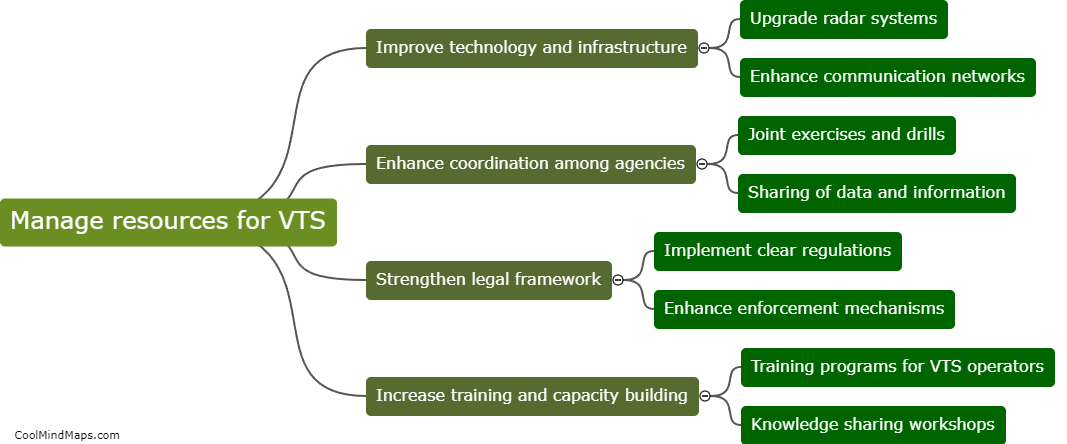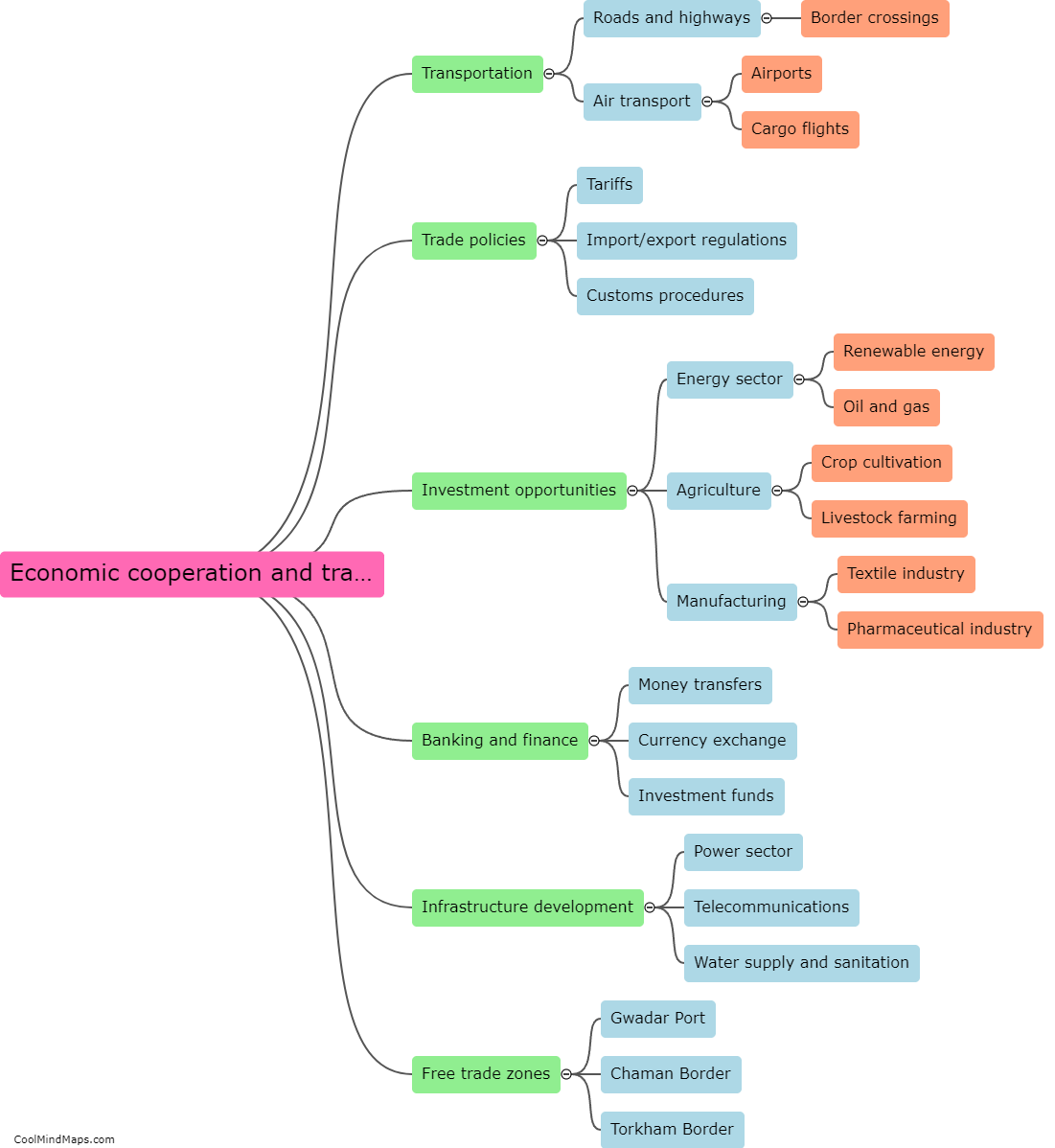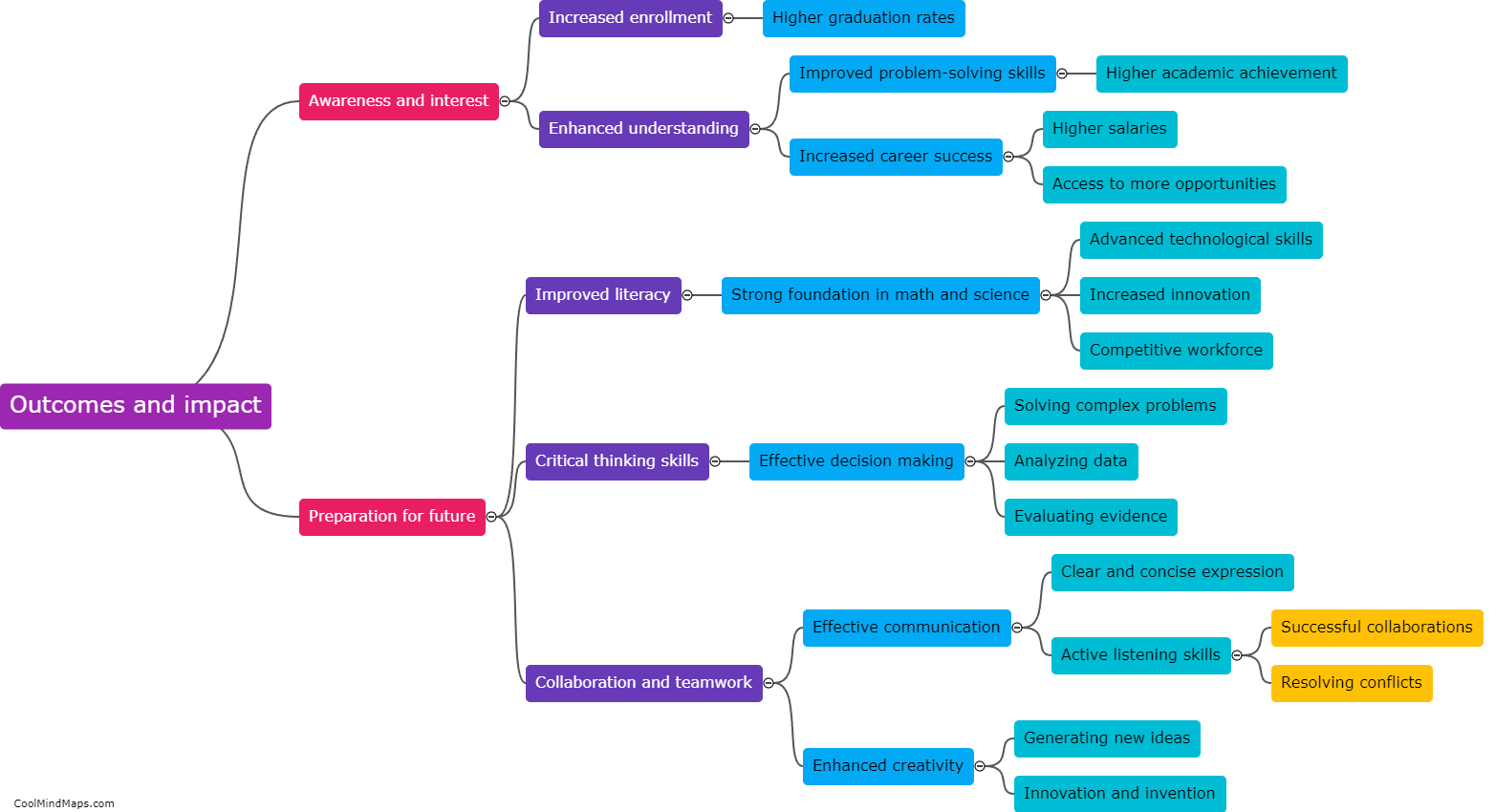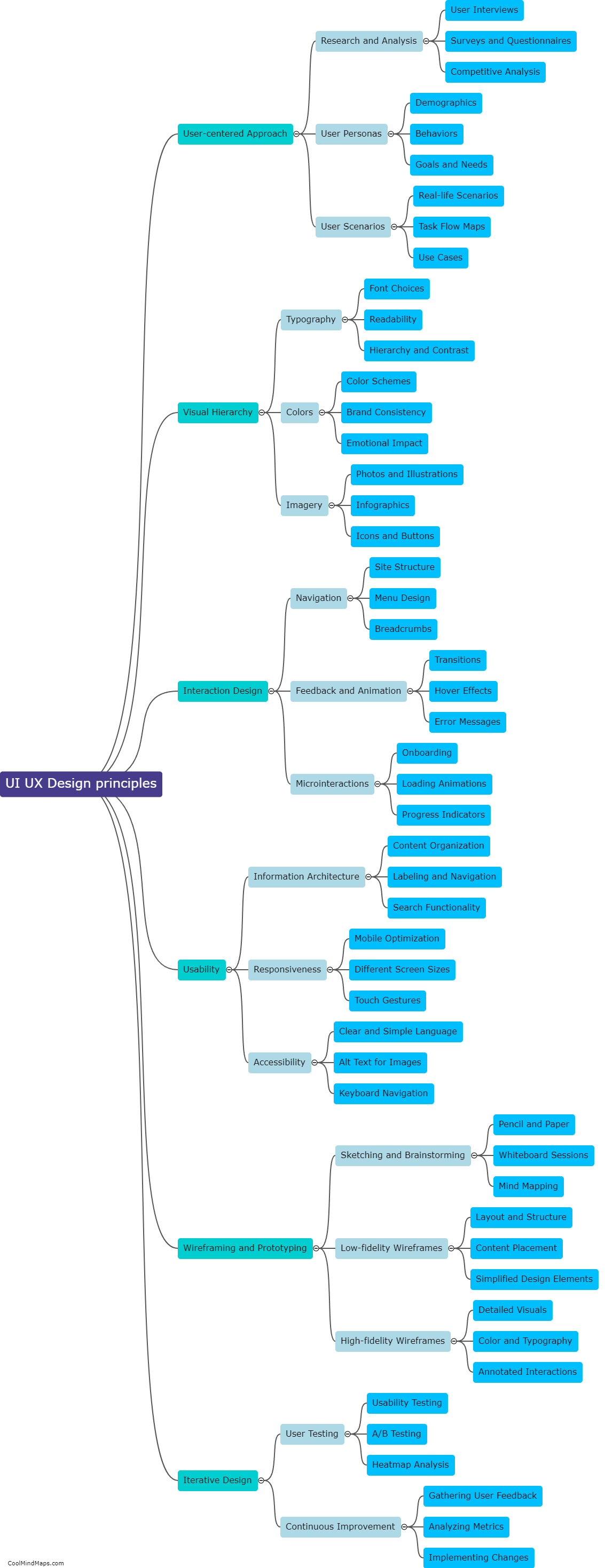What are the potential risks and challenges of asymmetric relationships?
Asymmetric relationships, where one party holds more power, resources, or control than the other, can pose several potential risks and challenges. Firstly, unequal power dynamics may lead to exploitation, as the more powerful party may abuse their dominance, manipulate or take advantage of the weaker party. This can result in feelings of resentment, inequality, and emotional or psychological harm for the vulnerable party. Additionally, asymmetric relationships can hinder effective communication and decision making, as the opinions and needs of the weaker party might be dismissed or ignored. This can lead to dissatisfaction, resentment, and a breakdown in trust within the relationship. Furthermore, the power imbalance can impede personal growth and independence for the weaker party, as their voice and autonomy may be suppressed or restricted. Overall, asymmetric relationships carry the potential for various risks and challenges that can impact the well-being and stability of those involved.
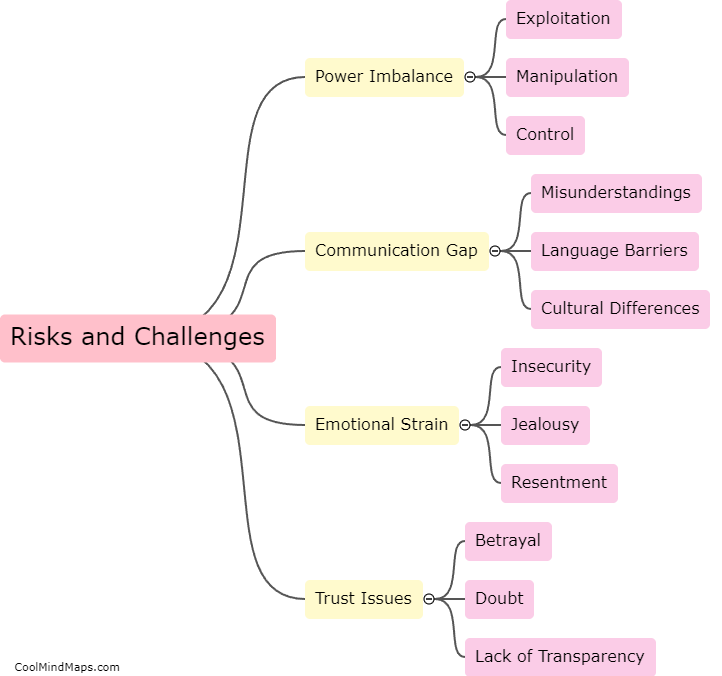
This mind map was published on 7 January 2024 and has been viewed 80 times.
